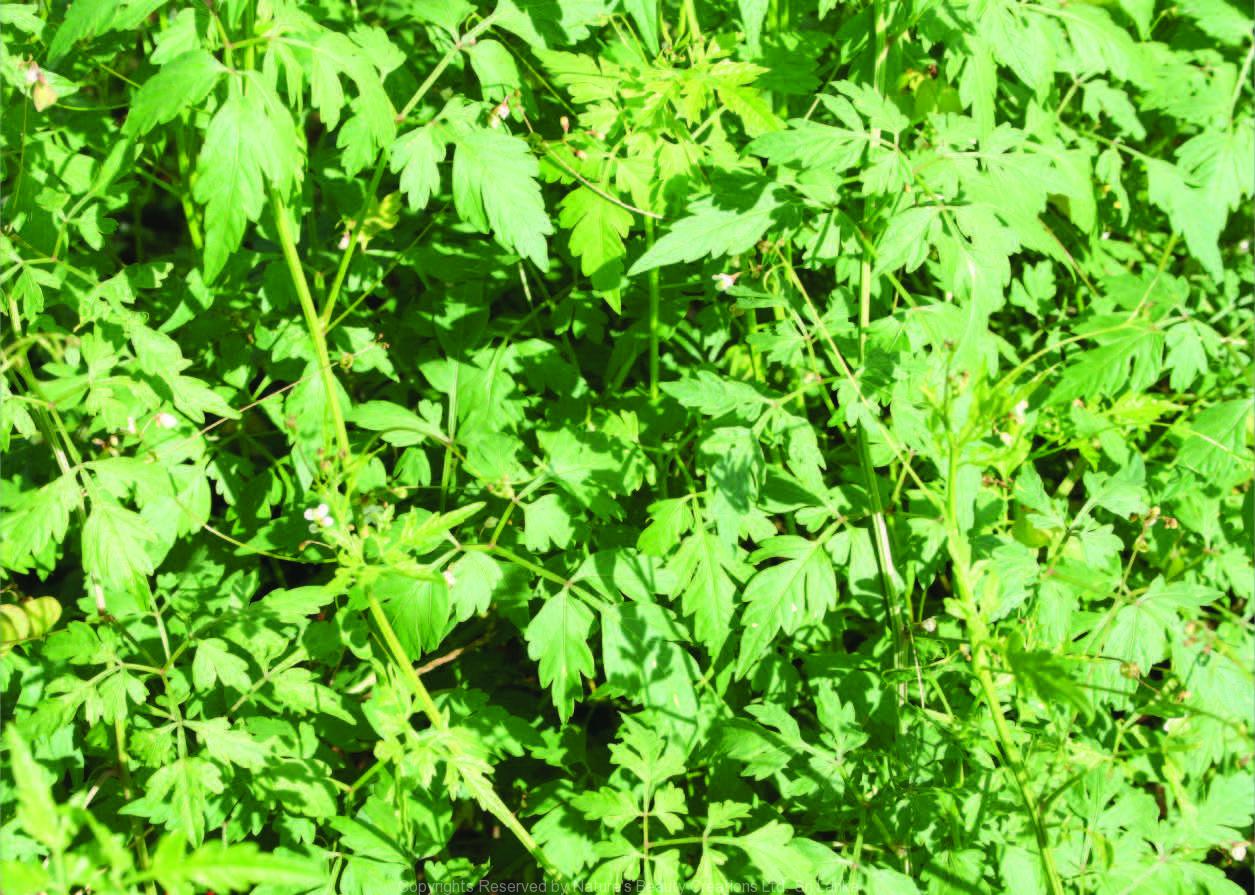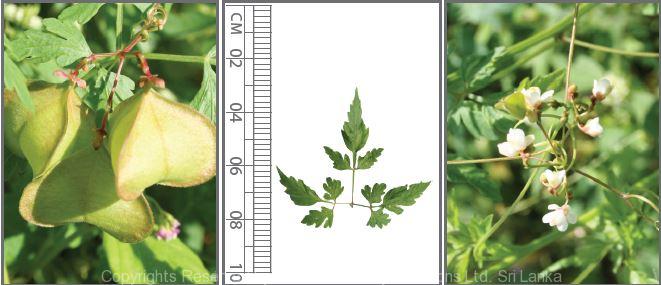

Traditional Knowledge
Useful plant parts :
Whole plant, leaf and seed
Uses in traditional medicine :
- Leaf juice mixed with castor oil is applied on tumours on the skin
- Fried leaves are eaten as a vegetable to strengthen the body
- Seed powder is taken with the root infusion of Pitasudu sarana as a cardiac tonic
- Whole plant acts as an emetic, laxative, anthelmintic, demulcent, diaphoretic, antirheumatic and antiblenorrhagic
Scientific Research
Chemical constituents:
Flavonoids: apigenin, quercetin, calycosin, flavonoid glycoside: rutin and protoeatechualdehyde, protocatechuic acid, pentadecanoic acid, hentriacontanol from plant
Bioactivity :
Ethanol extract of whole plant: antiulcer, antipyretic, antioxidative, free radical scavenger, nephroprotective; alcohol extract of leaves: anti-inflammatory, antiarthritic; ethanol extract of root: anxiolytic
Clinical:
Note :
Leaves are used to prepare green porridge
References : Asha, V. V. and Pushpangadan, P., (1999), Antipyretic activity of Cardiospermum halicacabum, Indian Journal of Experimental Biology, 37(4), 411-4. Babu, K. C. V. and Krishnakumari, S., (2006), Cardiospermum halica- cabum suppresses the production of TNF-alpha and Nitric oxide by Human Peripheral Blood Mononuclear cells, African Journal of Biomedi- cal Research, 9, 95-99. Chen, J. et al., (2013), Study on chemical constituents of Cardiospermum halicacabum, Zhong Yao Cai, 36(2), 228-30. Jeyadevi, R. et al., (2013), Anti-arthritic activity of the Indian leafy vegetable Cardiospermum halicacabum in Wistar rats and UPLC-QTOF- MS/MS identification of the putative active phenolics, Inflamm Res, 62(1), 115-26. Kumar, R. et al., (2011), Isolation of anxiolytic principle from ethanolic root extract of Cardiospermum halicacabum, Phytomedicine, 18(2-3), 219-223. Parameshappa, B. et al., (2012), Acetaminophen-induced nephrotoxicity in rats: protective role of Cardiospermum halicacabum, Pharm Biol, 50(2), 247-53. Pillai, N. R. and Vijayamma, N., (1985), Some pharmacological studies on Cardiospermum halicacabum linn, Anc Sci Life, 5(1), 32-6. Sadique, J. et al., (1987), Biochemical modes of action of Cassia occidentalis and Cardiospermum halicacabum in inflammation, Journal of Ethnopharmacology, 19(2), 201-212. Sheeba, M. S. and Asha, V. V., (2006), Effect of Cardiospermum halicacabum on ethanol-induced gastric ulcers in rats, Journal of Ethnopharmacology, 106(1),105-110.
Copyrights Reserved By
Natures Beauty Creations




